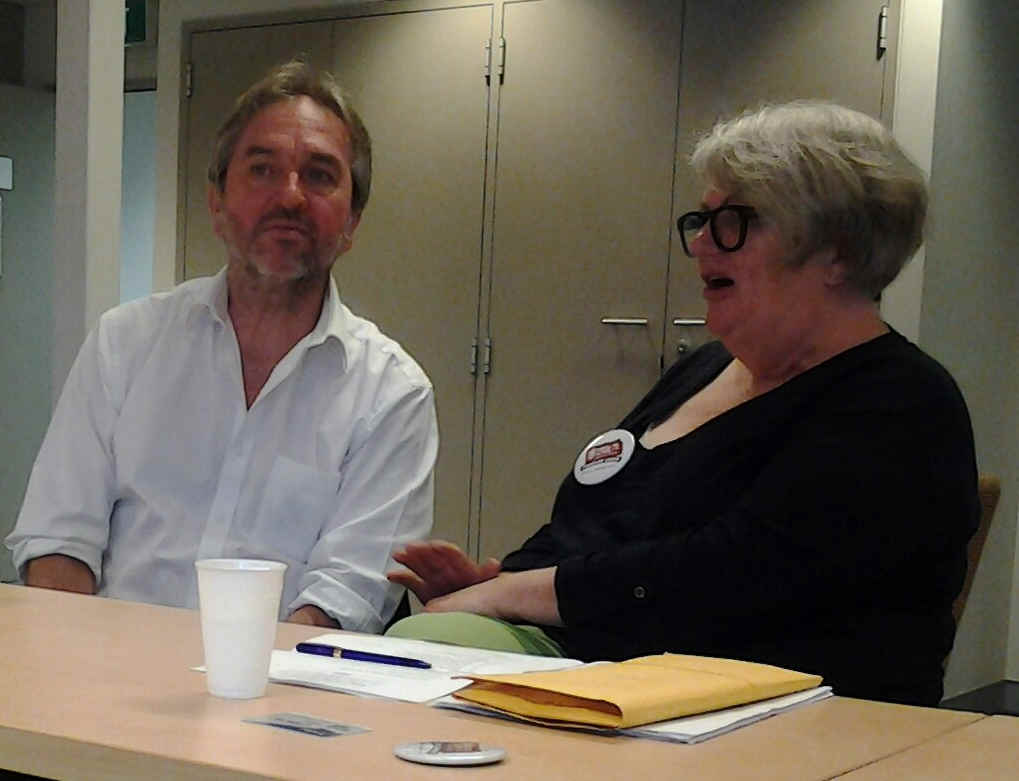 John Minns from Canberra’s Refugee Action Committee spoke to the Vintage Reds at our monthly meeting on 17 November 2015.
John Minns from Canberra’s Refugee Action Committee spoke to the Vintage Reds at our monthly meeting on 17 November 2015.
There are lots of sources of information available which correct the “myths” about refugees – for example this one from the Federal government’s Parliamentary Library.
The Refugee Action Committee’s humanitarian and rational alternative policy for Australia’s response to refugees can be found here. See a summary of John’s address below:
A summary of John’s address to the Vintage Reds:
Australia’s refugee policy is irrational and expensive. It costs around $3.5 billion annually, about two thirds of the cost of the total UNHCR budget for spending on refugees. Refugee policy before mandatory detention cost much less and was more effective. The cost of each of the refugees who agreed to go to Cambodia is $13.5 million.
At present there are about 59 million refugees or displaced people worldwide. In Syria alone, half of its pre-war population is counted in this figure. Increasing instability and crisis has led to a huge increase of refugees in transit countries – Jordan, Lebanon, Turkey – where refugee camp conditions are dreadful. Land routes are being closed, which tends to push people into leaky boats. What has happened to the people we have turned back? No Australian politician asks this. The answer is that they are pushed into more dangerous journeys elsewhere.People are driven to this by the lack of alternative means to escape an impossible situation.
Photos of Alan Kurdi’s tiny lifeless body being picked up off a beach in September caused a huge public reaction. Tony Abbot’s reaction was to declare that not one more refugee would be accepted; then he said Australia would take more Syrians, the number to come out of the existing quota; then finally he added the extra quota of 12,000 Syrians. Public pressure caused this about-face.
The Paris attacks have increased difficulties for the RAC. Anti-refugee groups link refugees to terrorism, and this also encourages racism. The government has helped to create racism in the community for years; at the very least it does nothing to dispel it. Political leadership clearly makes a big difference to public perceptions of refugees (see the difference between the UK and Germany).
It is very important for the RAC to clarify people’s ideas. There are odd discrepancies in what people believe. For example, there has been a huge increase, from over 20% to over 50% of people who want to increase the numbers of refugees we take. But still 54% support the government position. This suggests that the government could increase refugee numbers without taking a hit in the polls. People also support accepting “genuine” refugees, which means that the government has managed to divide classes of refugees in people’s minds: those who come by boat are seen as economic or not real refugees, “queue jumpers”.
